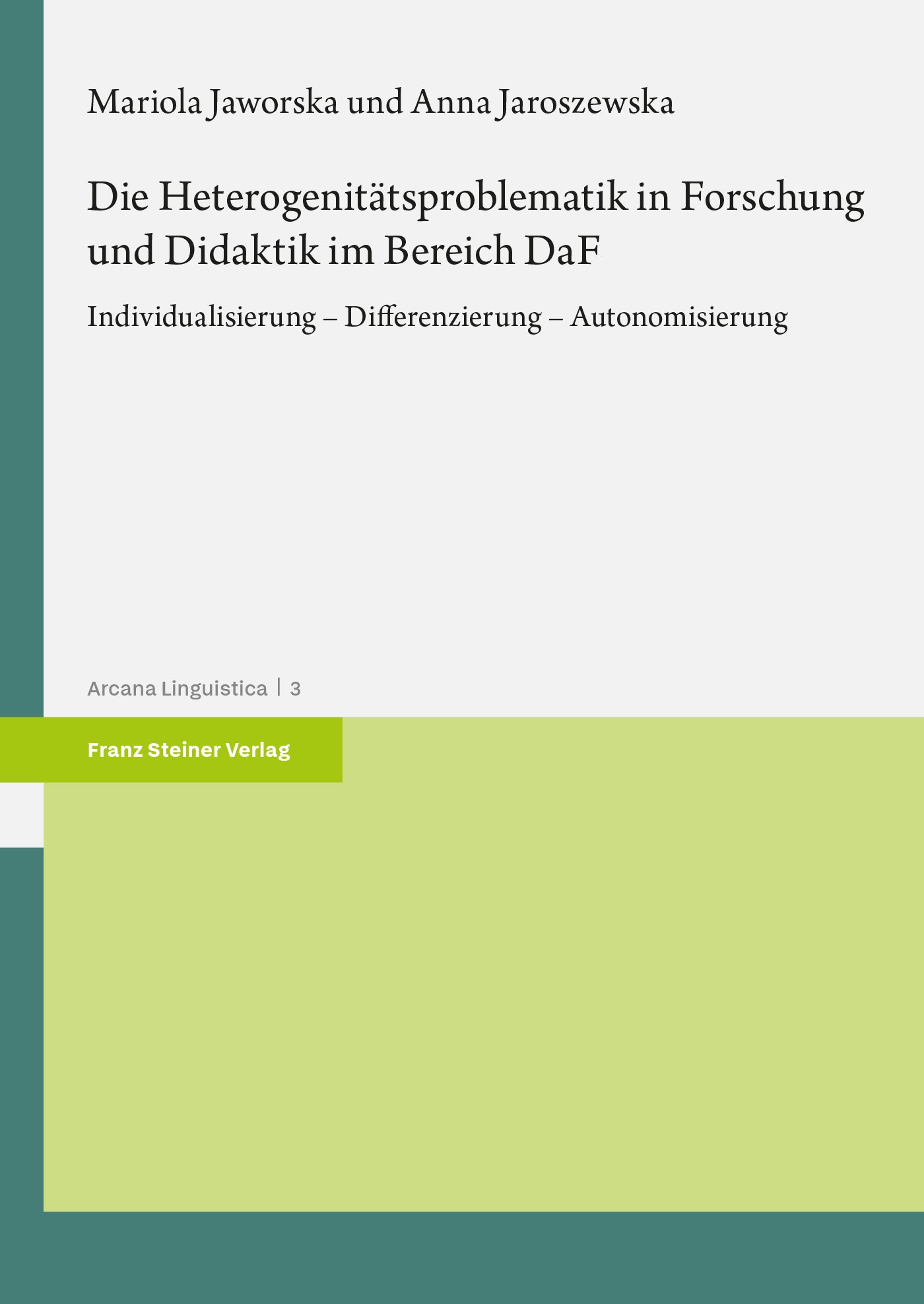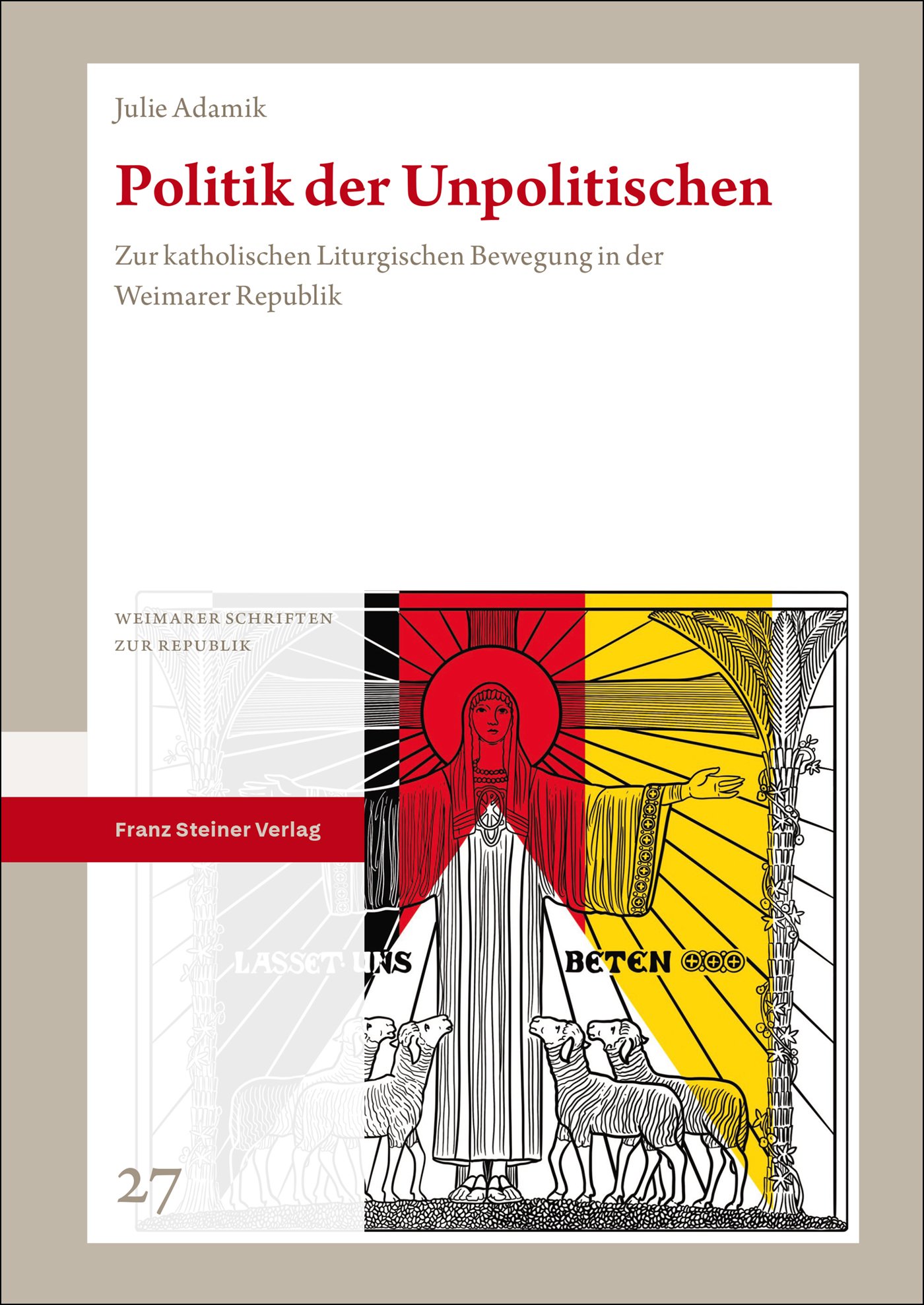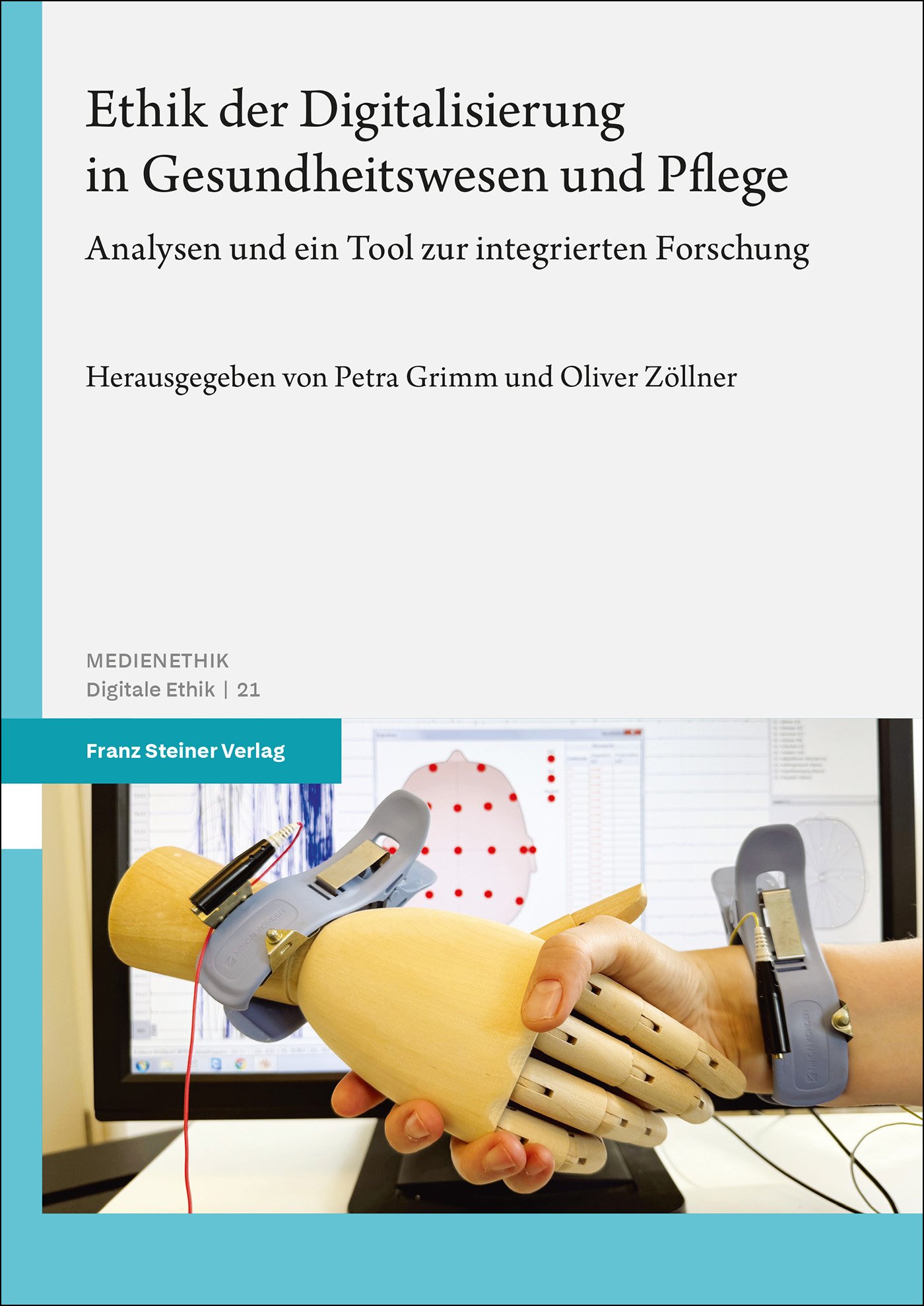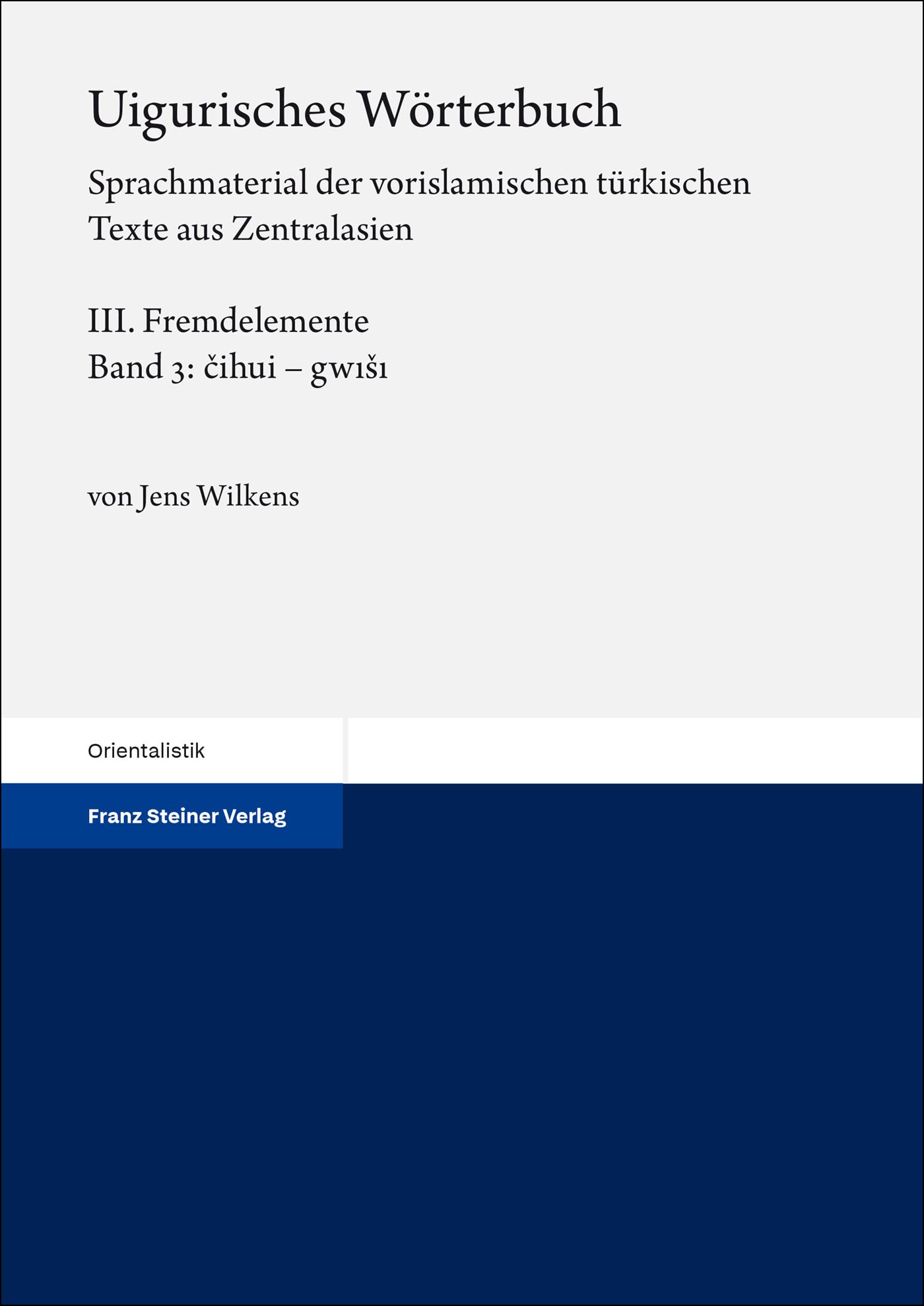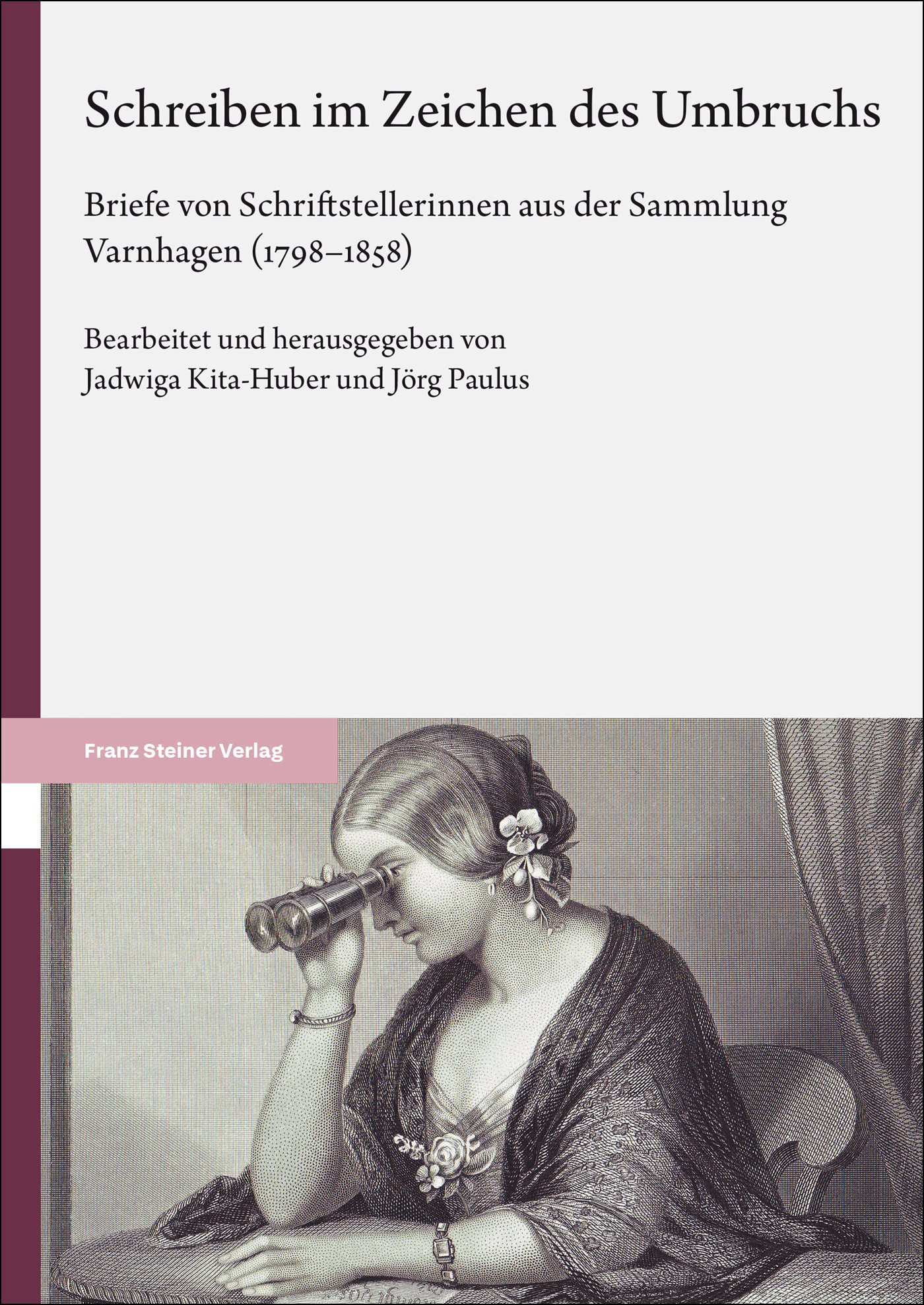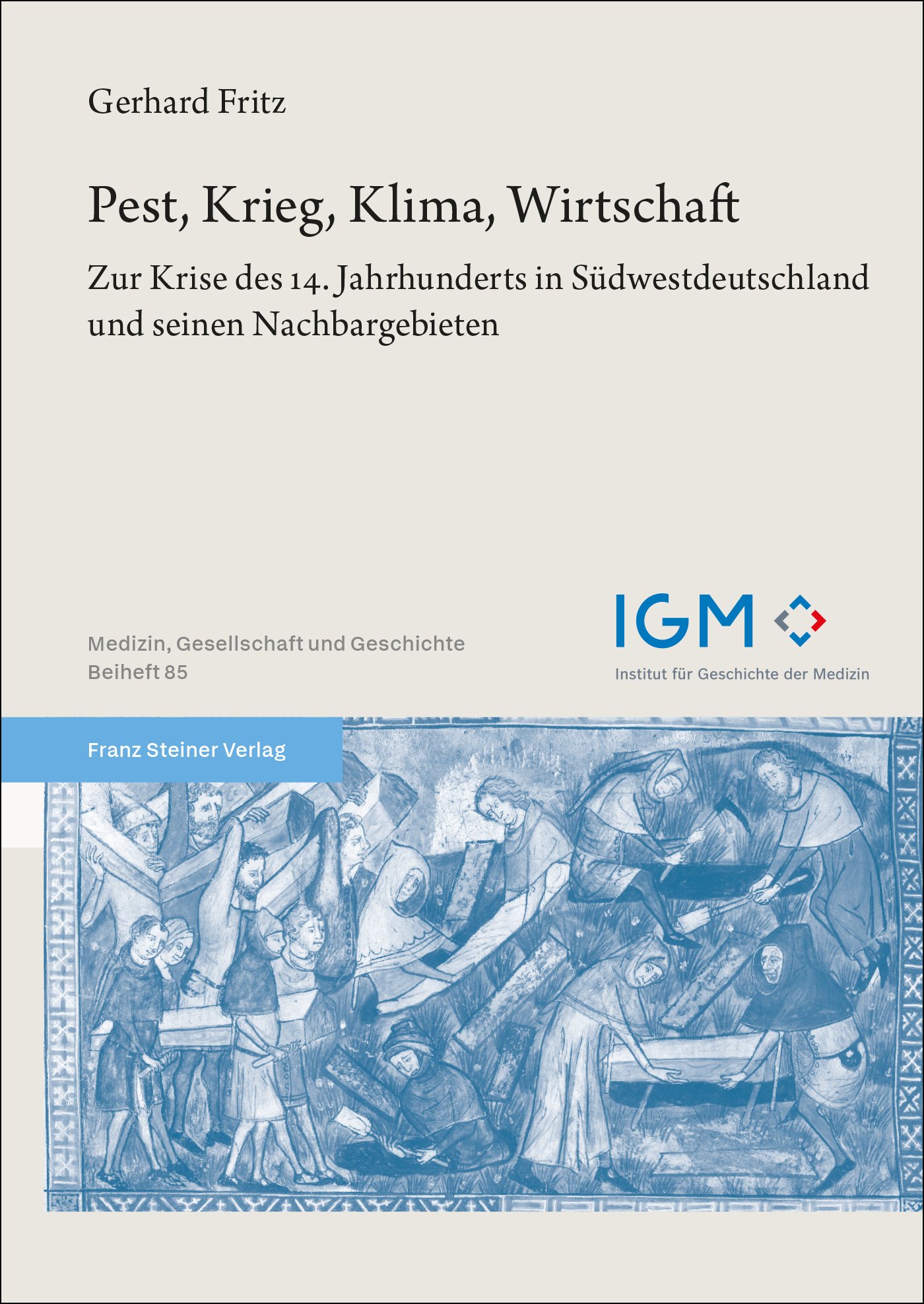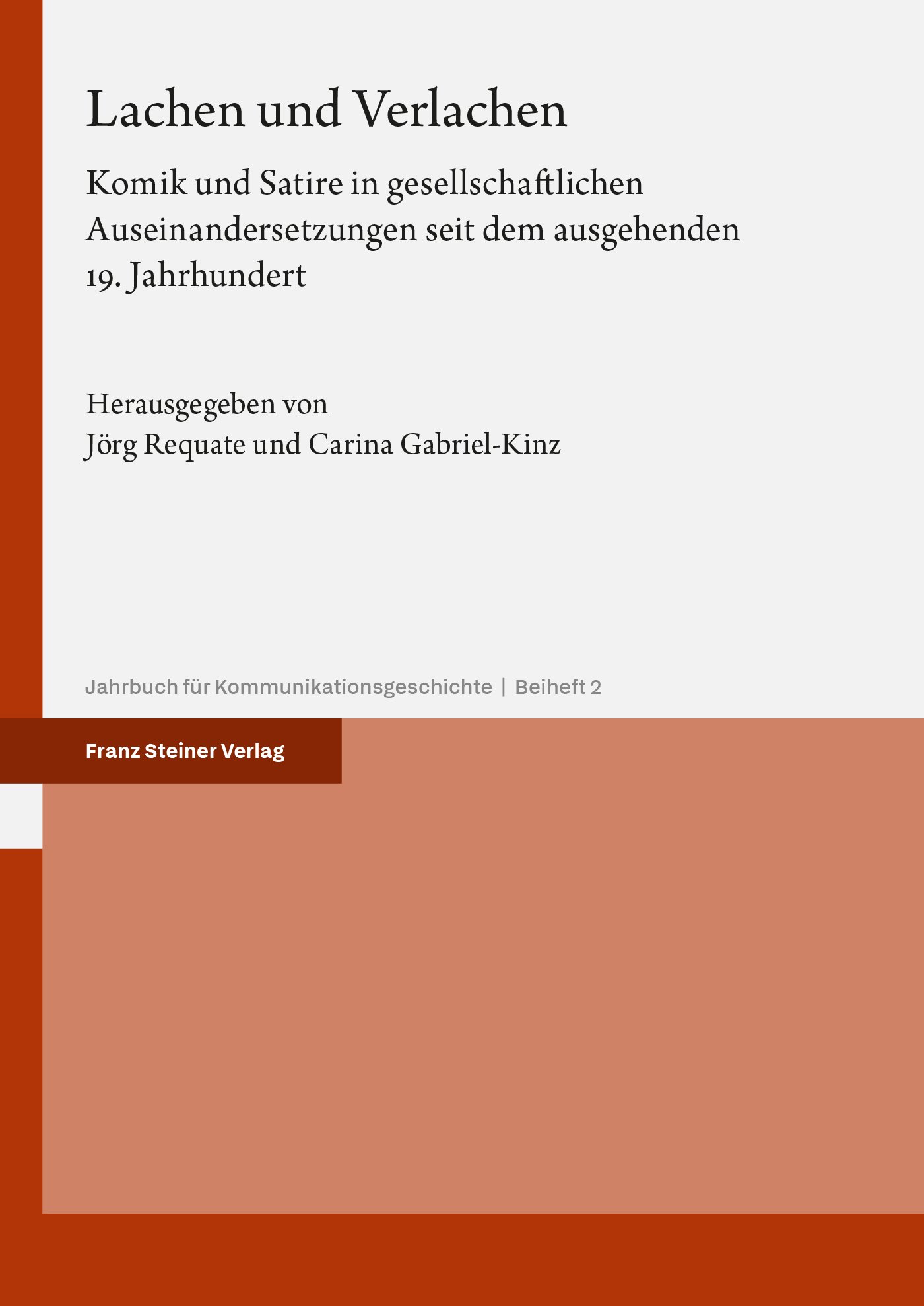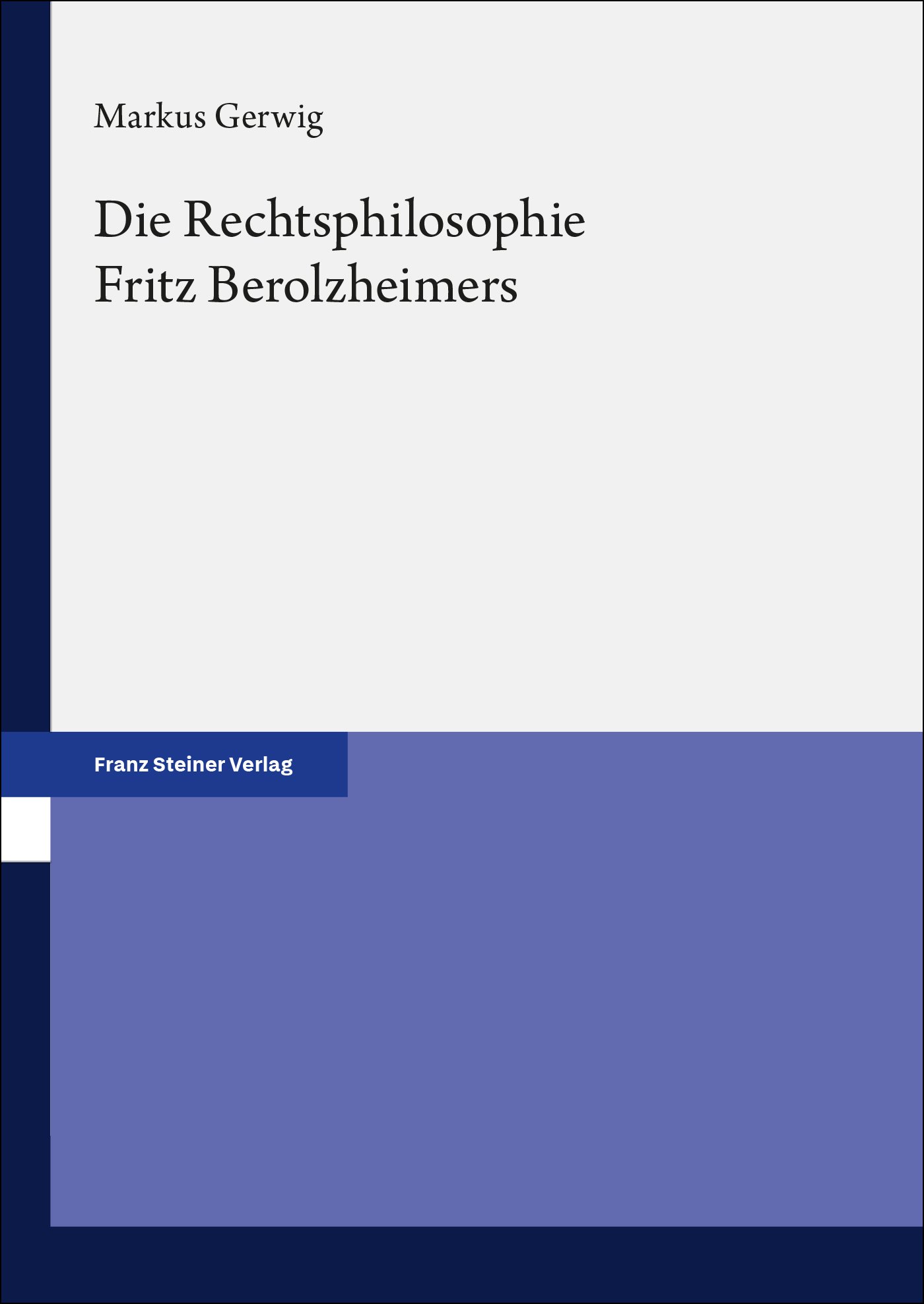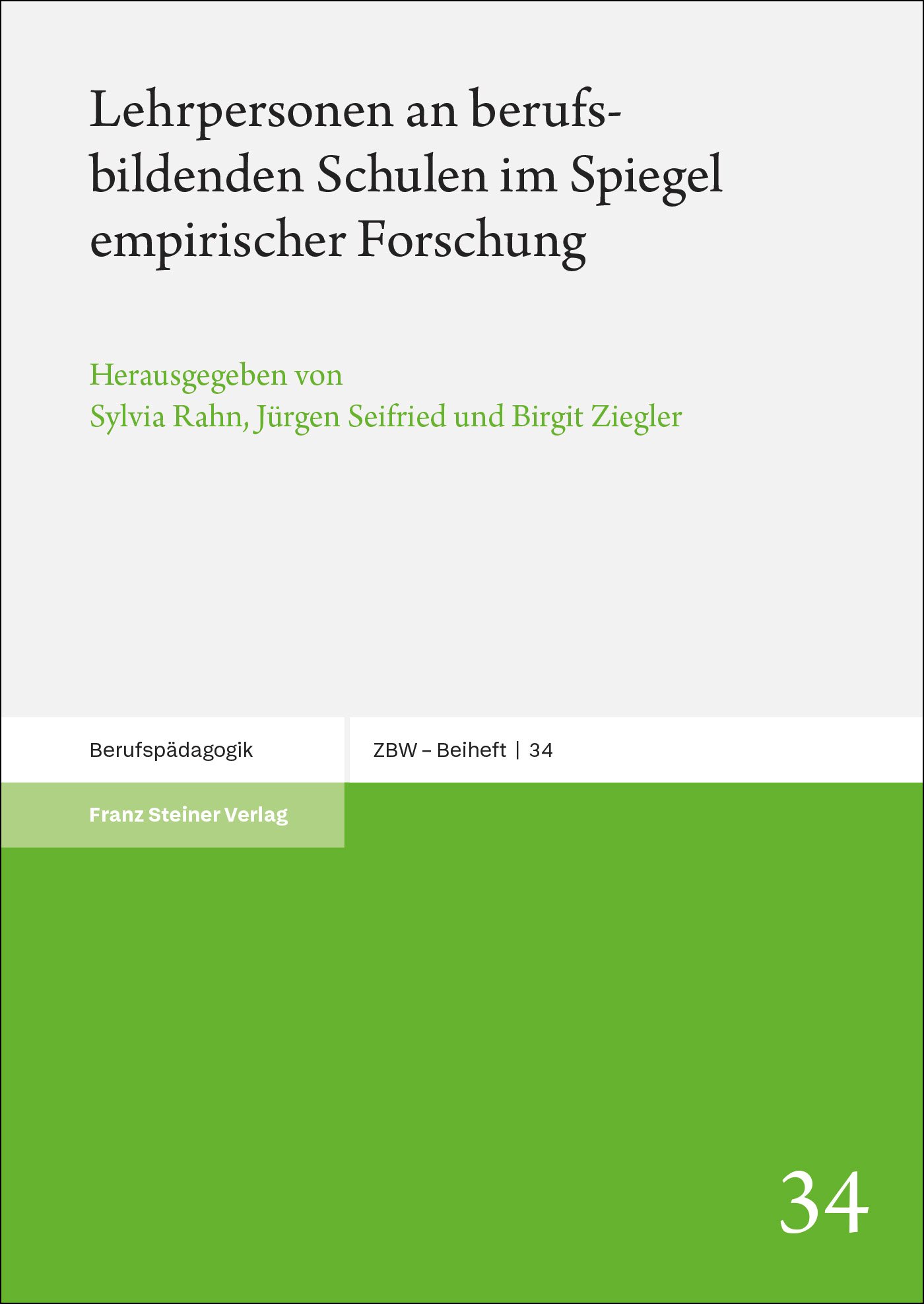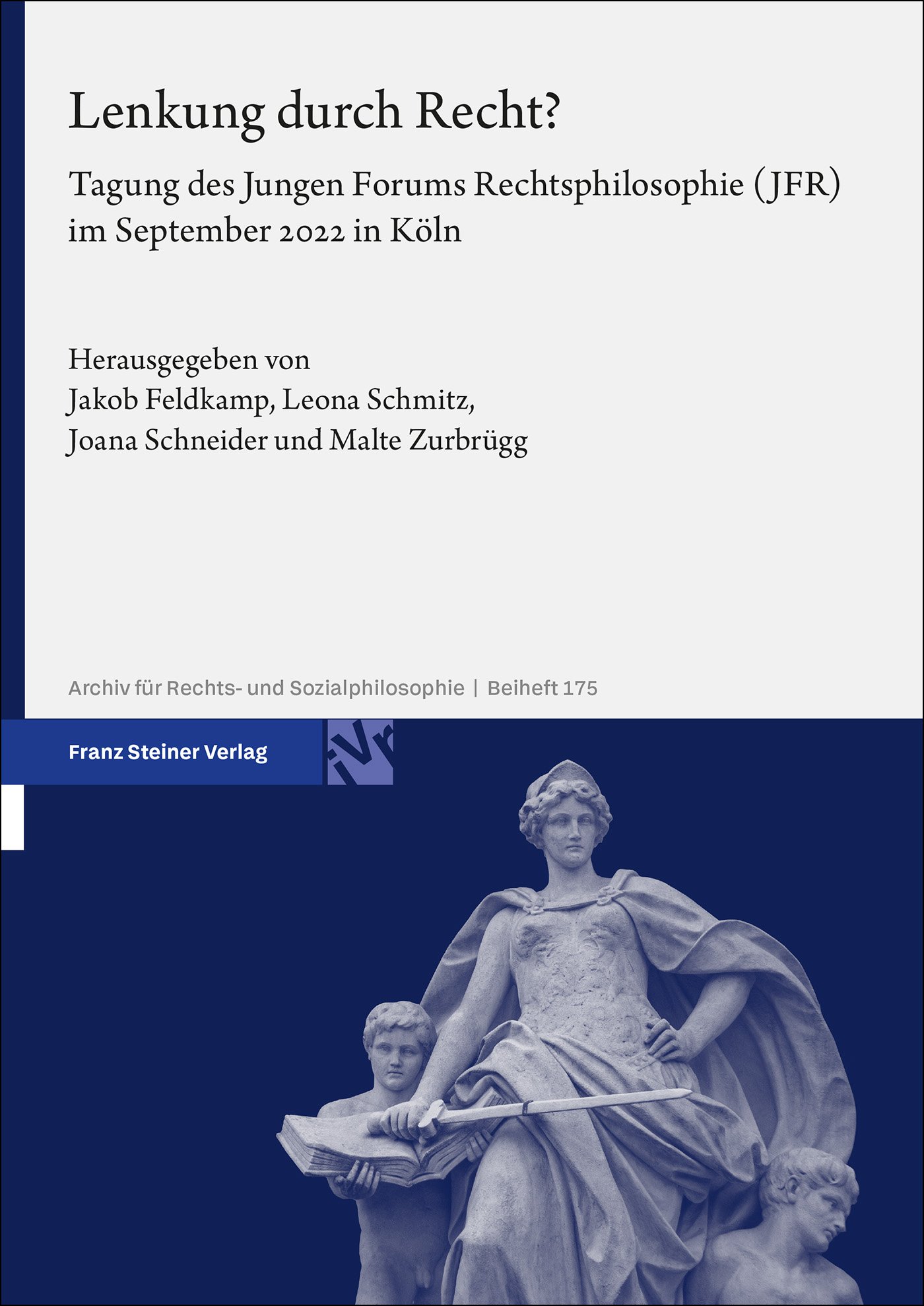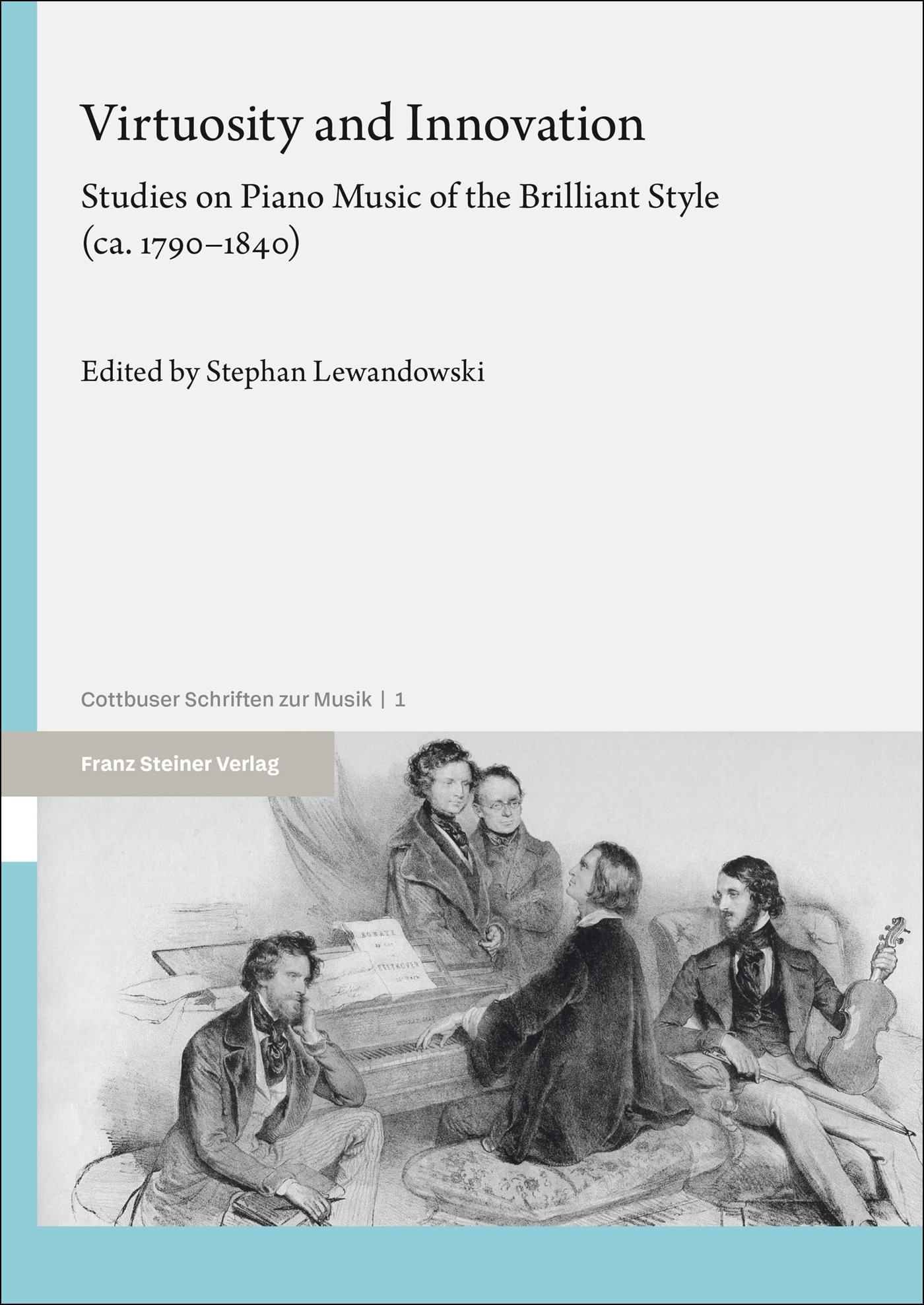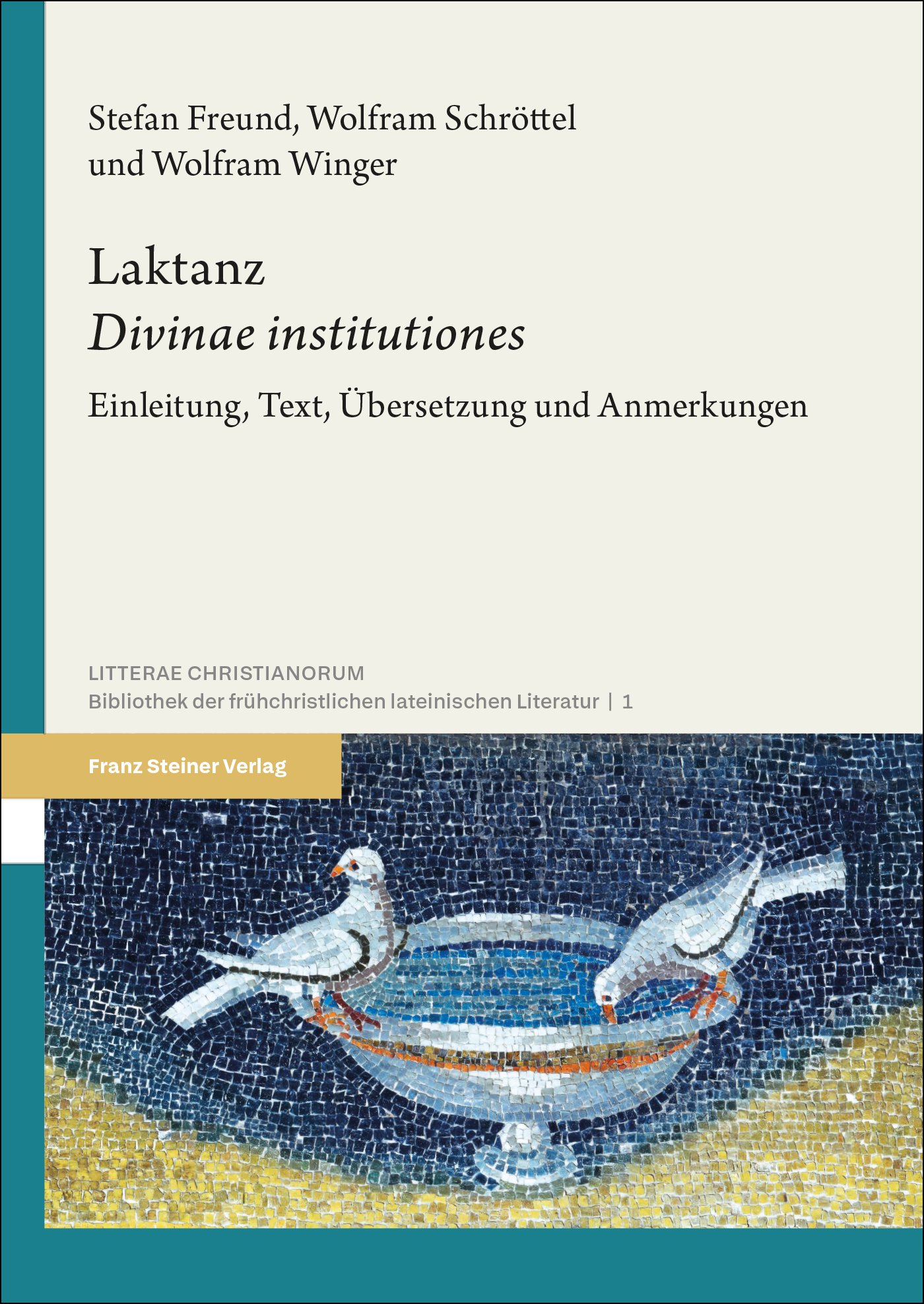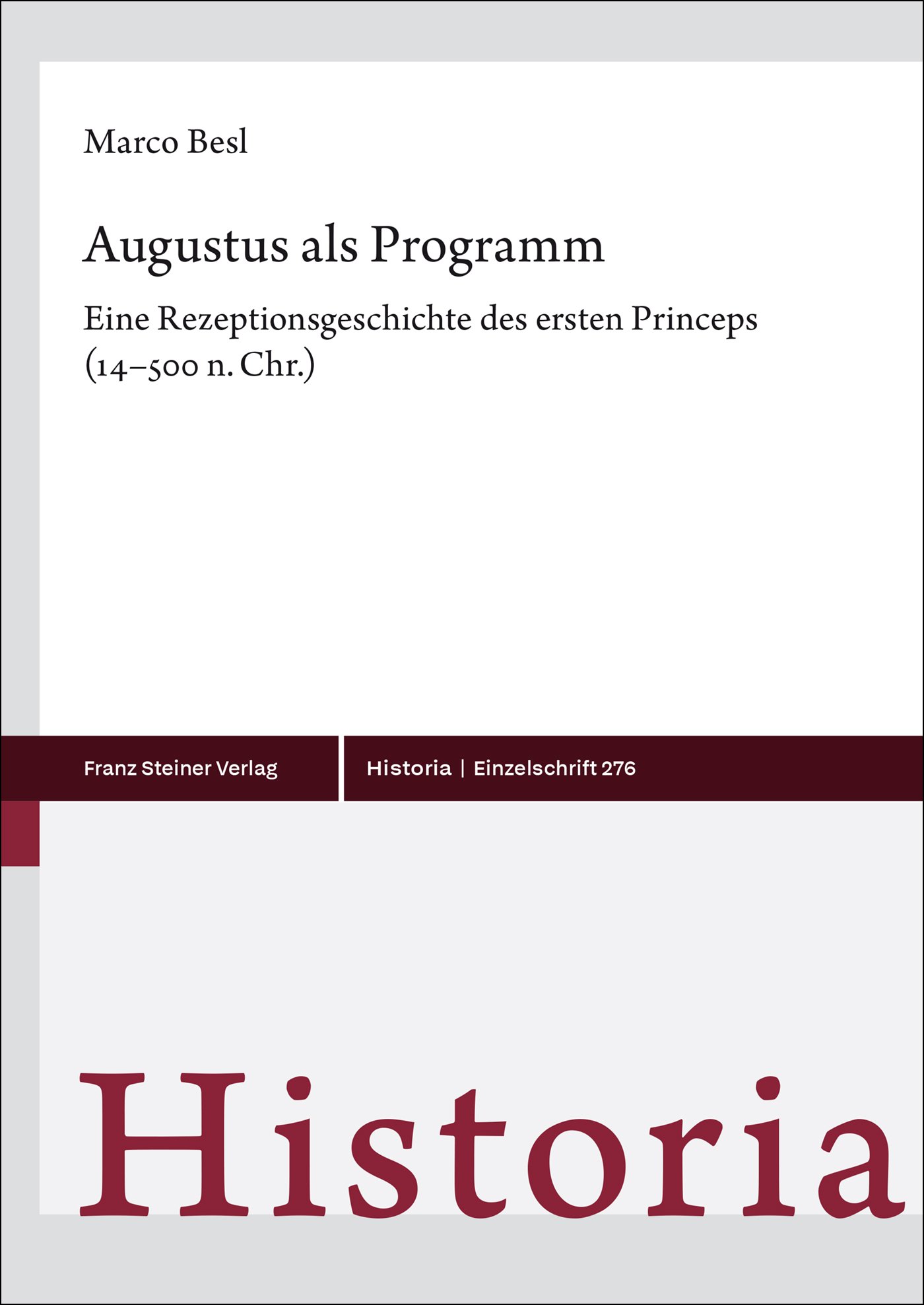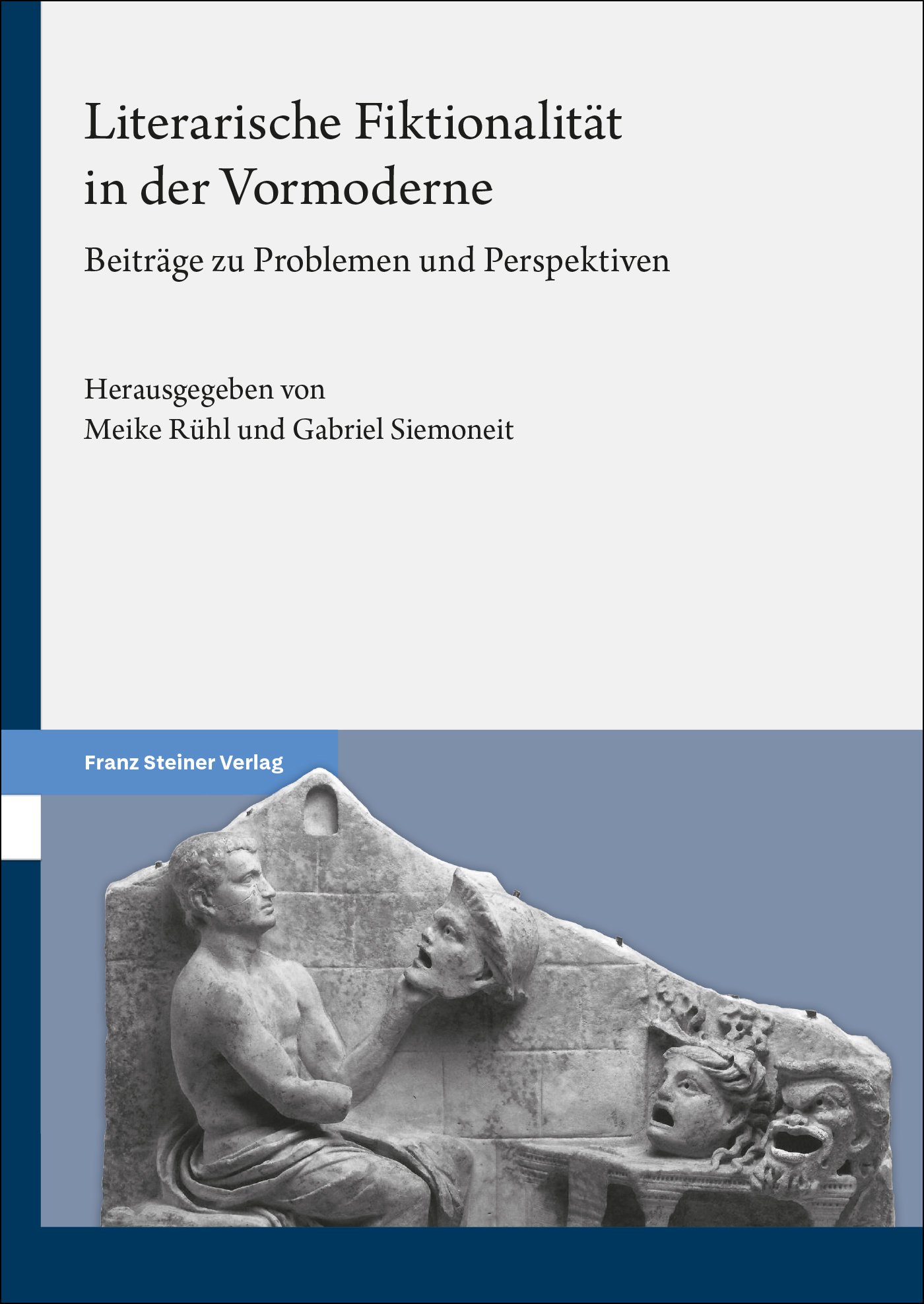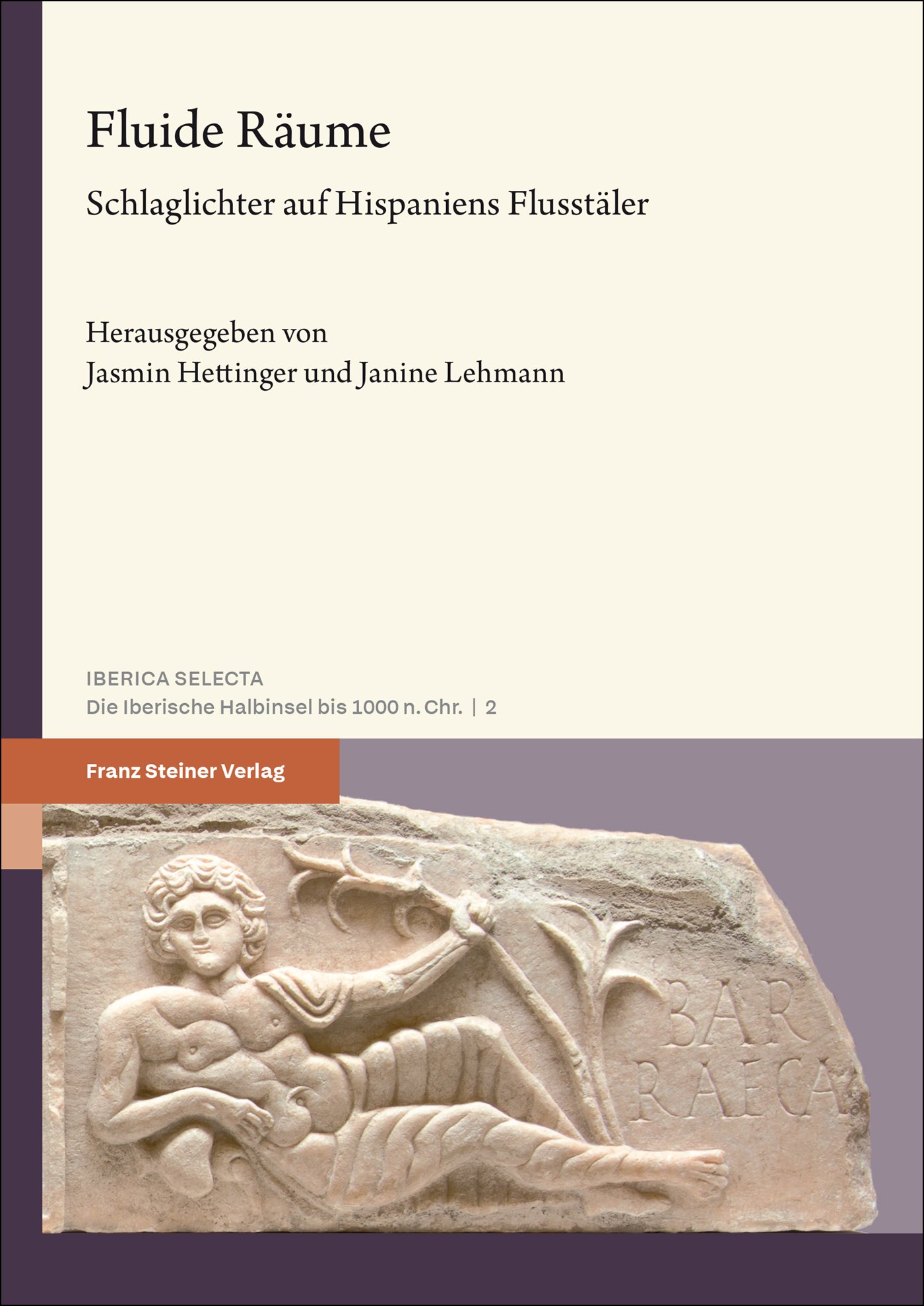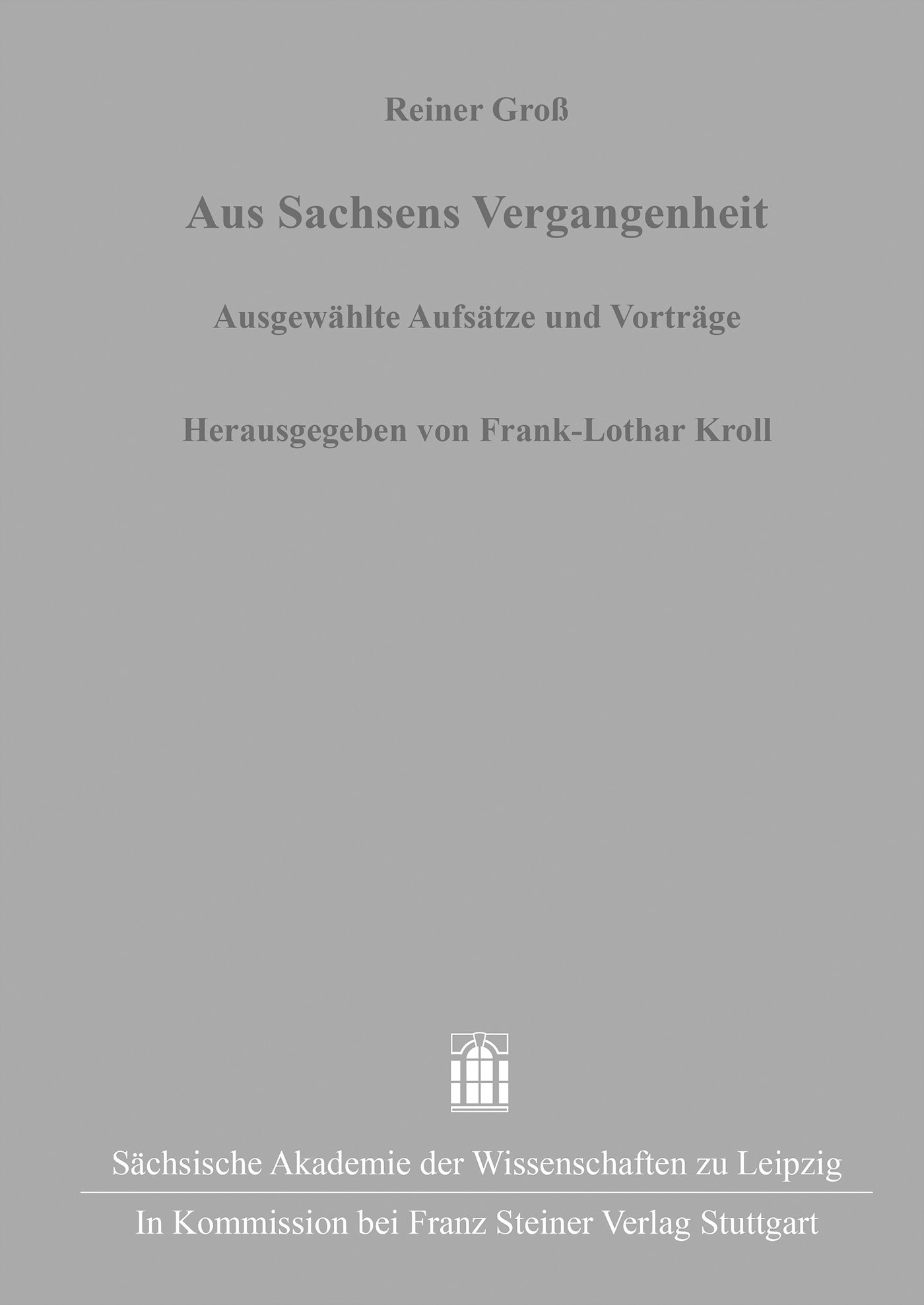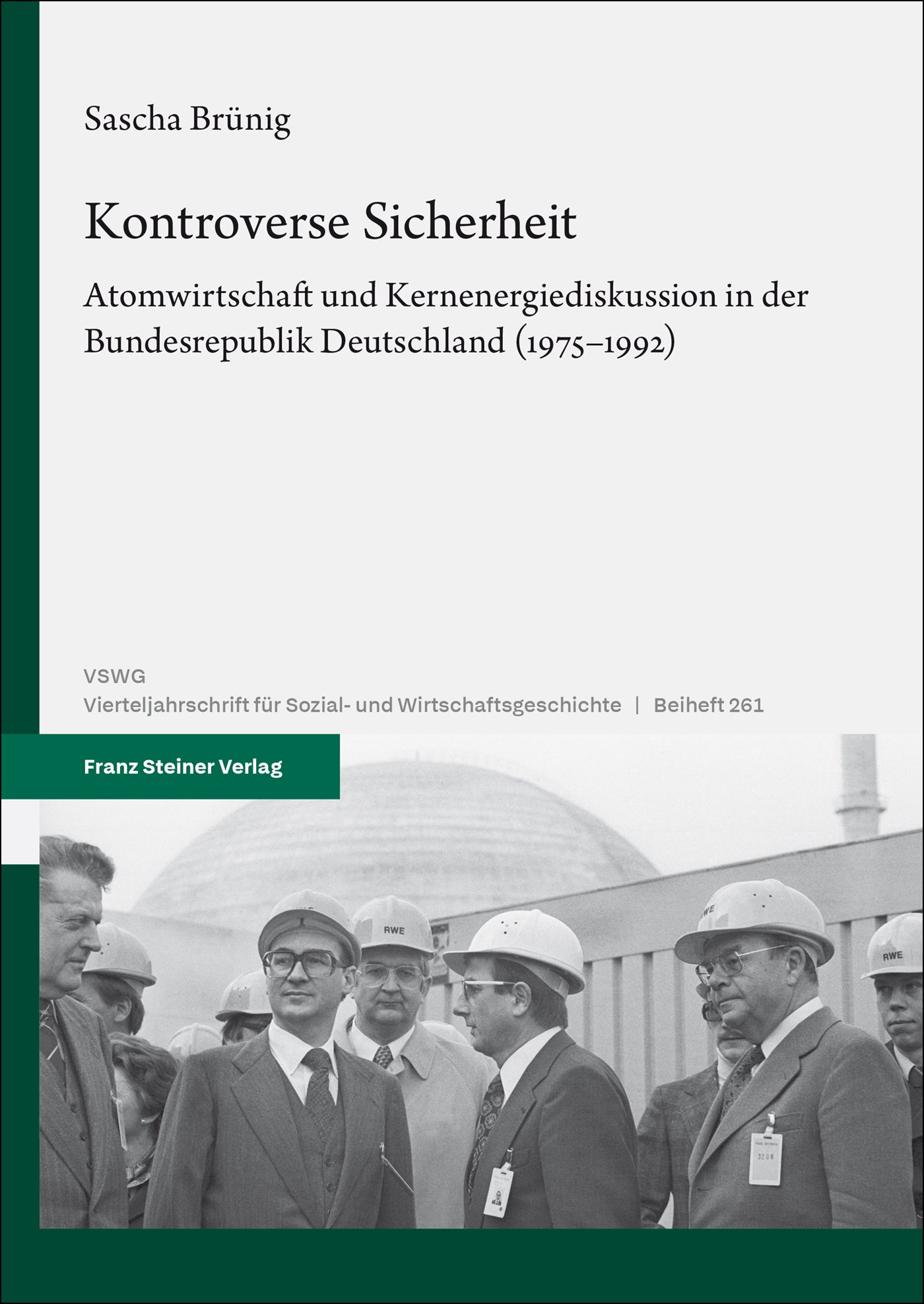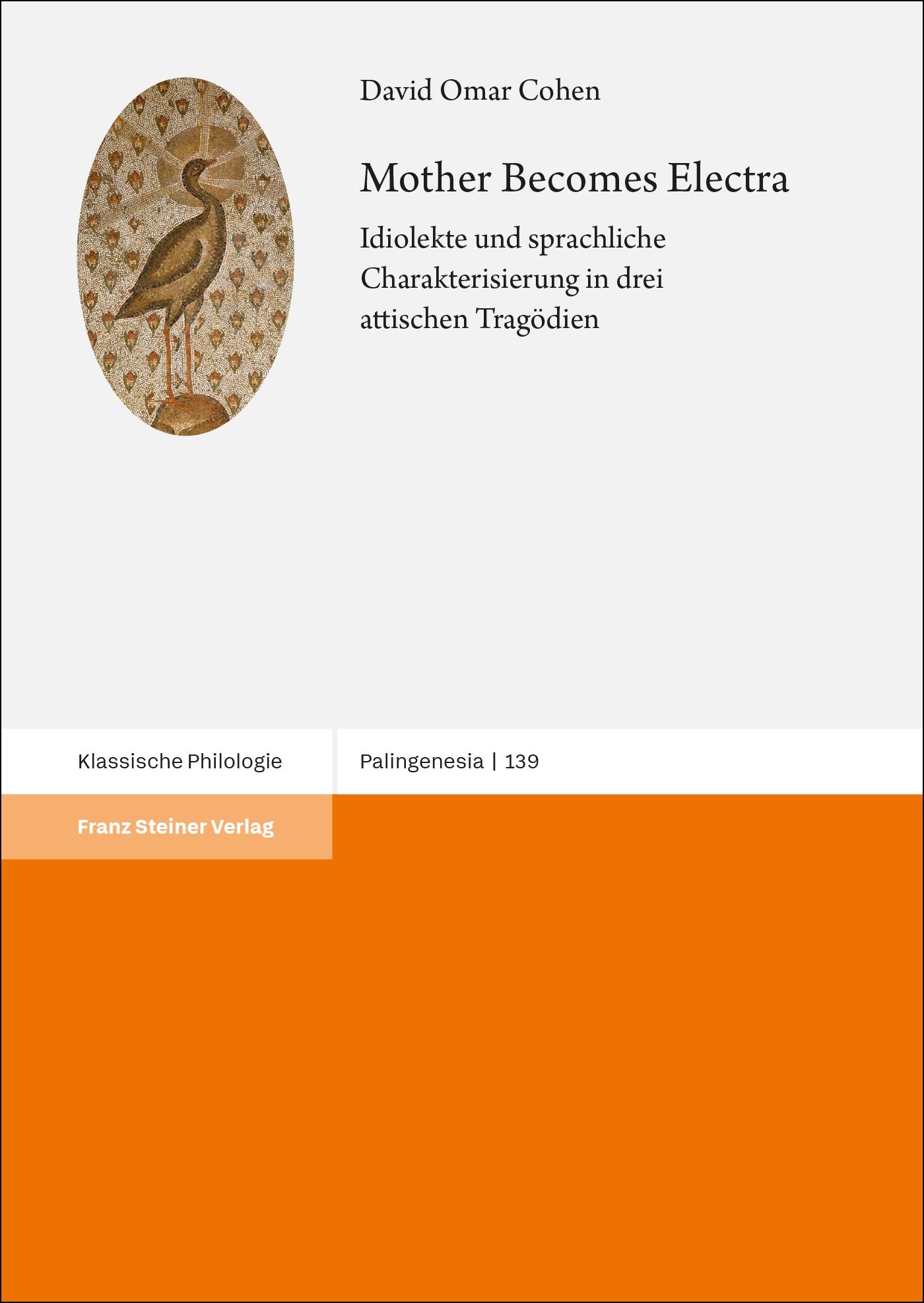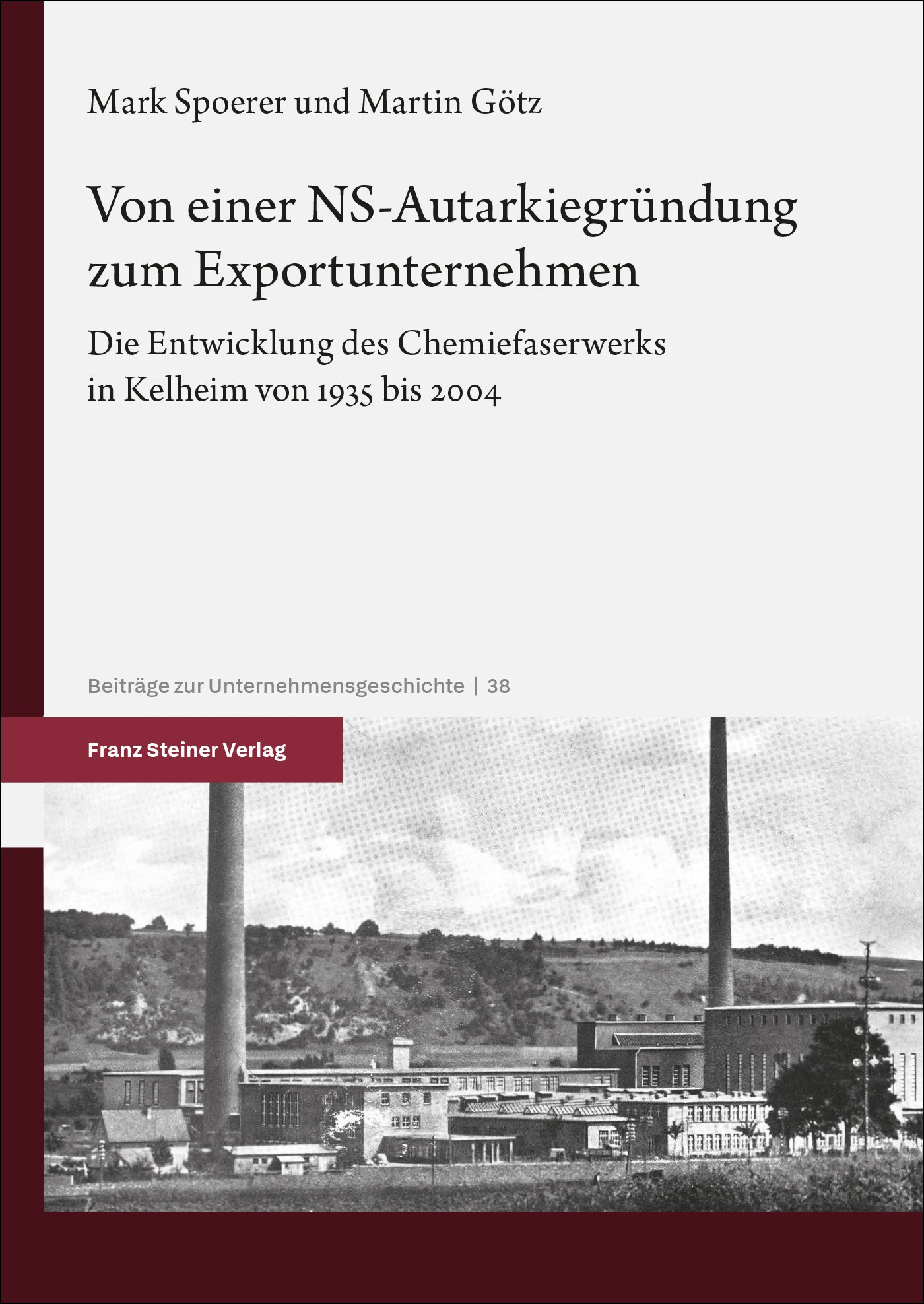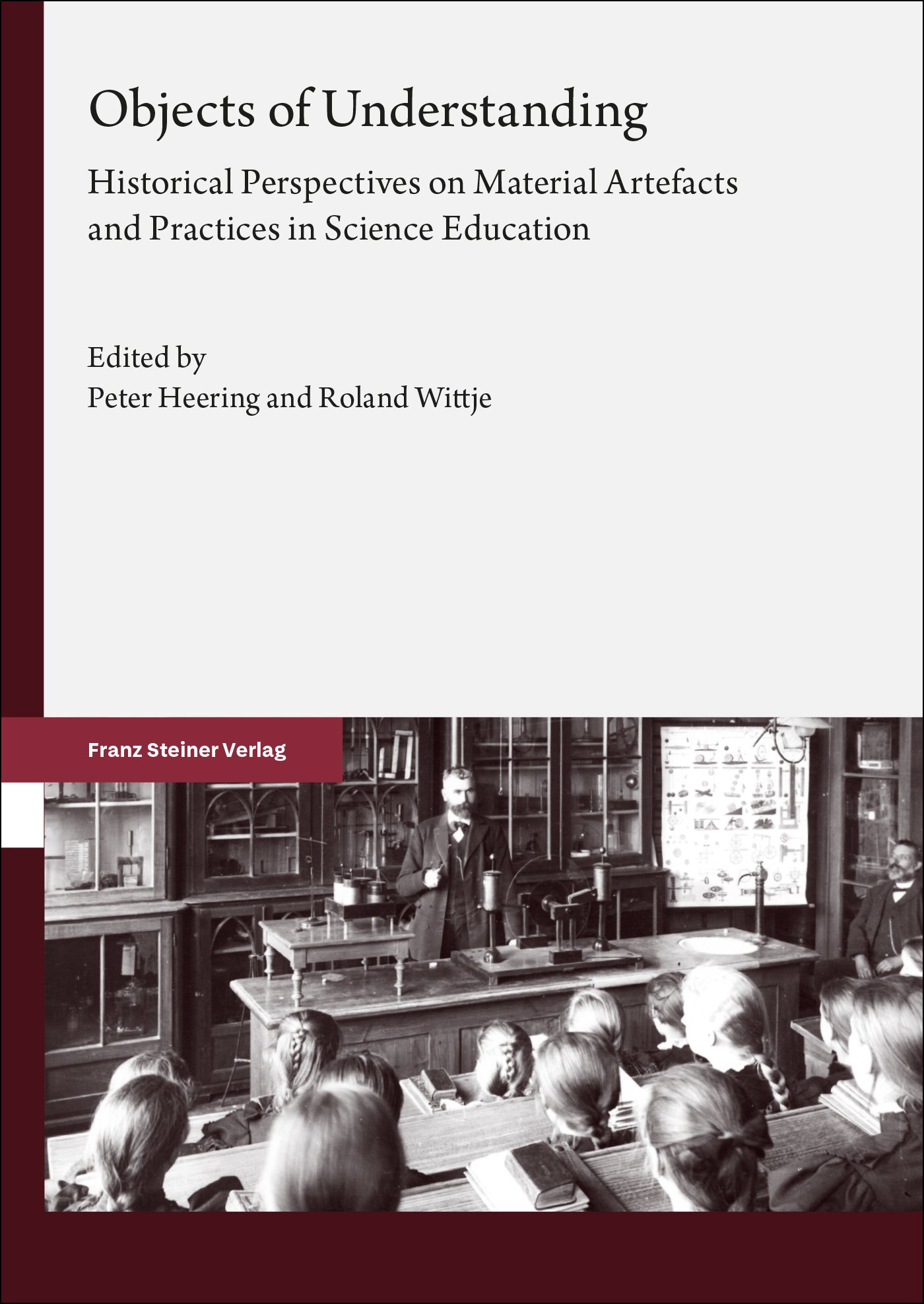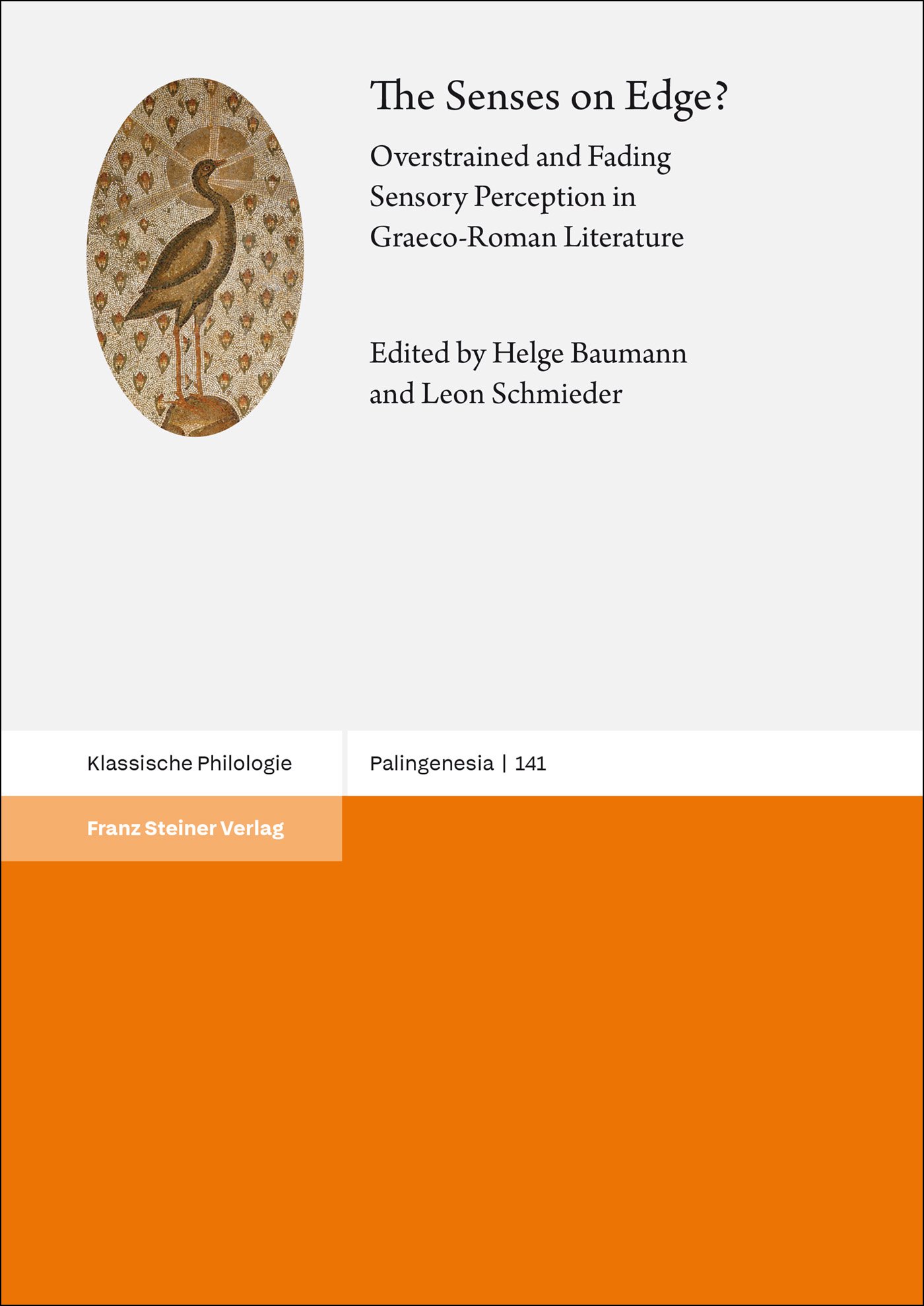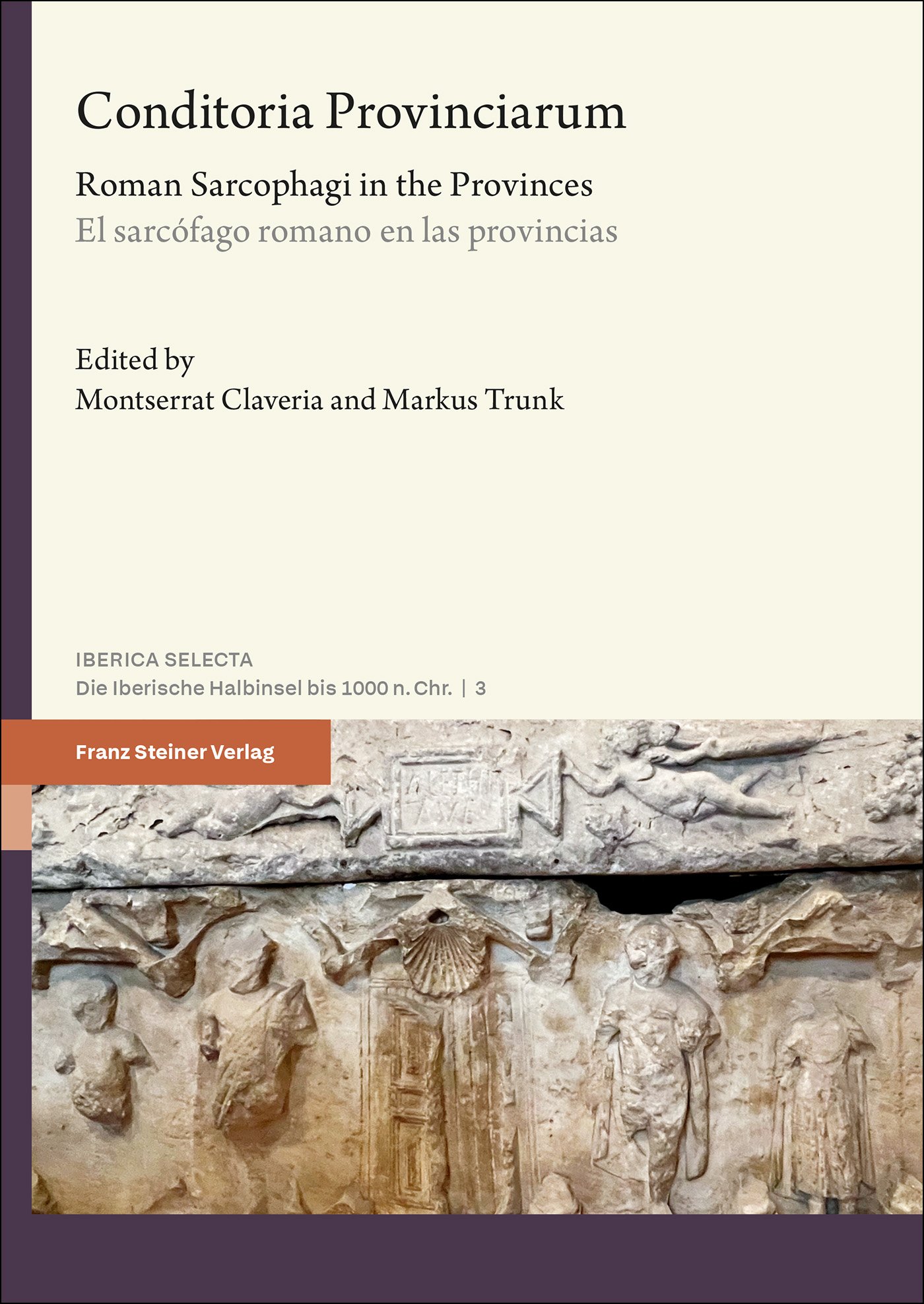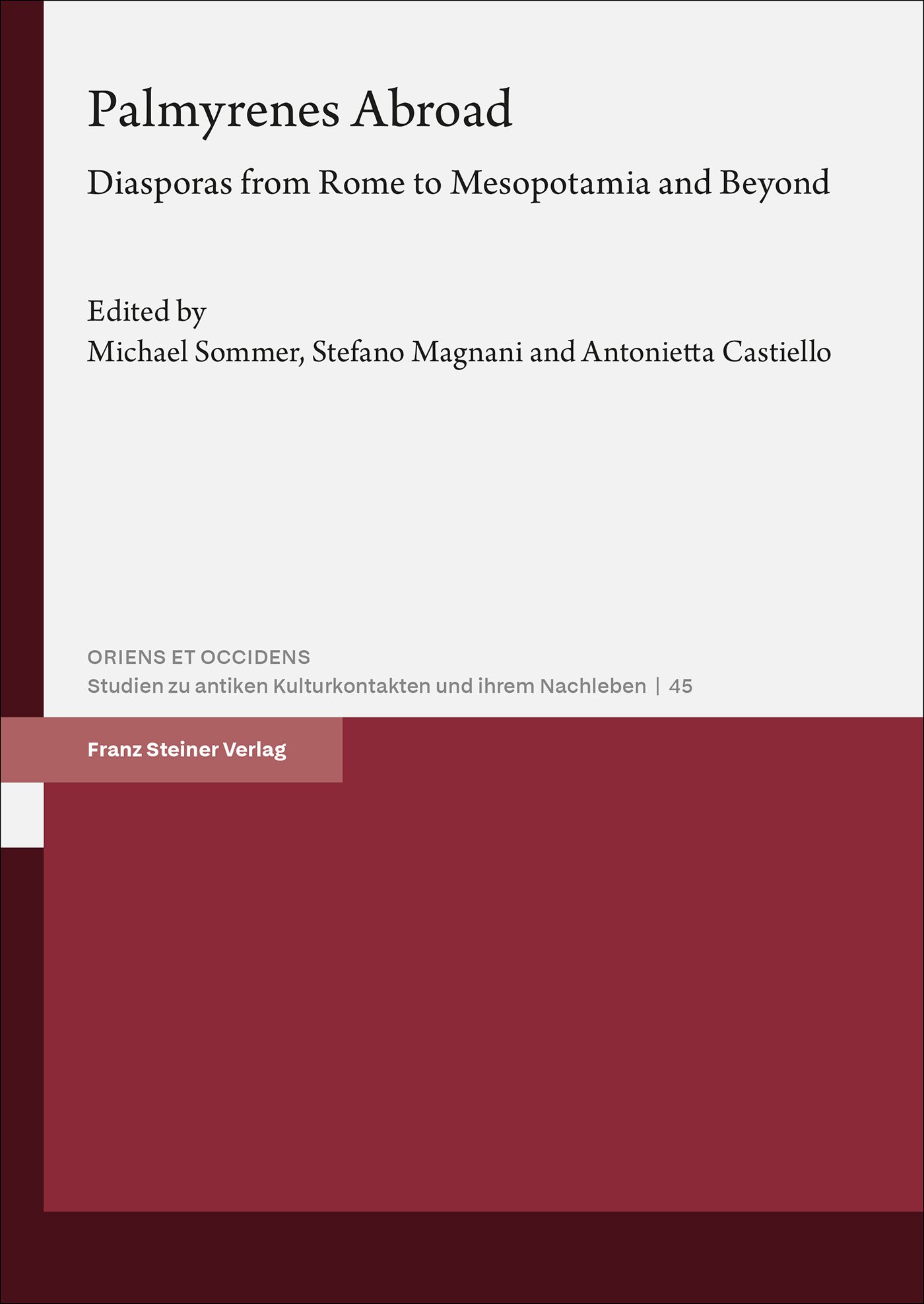Table of contents and structure edited volume
Front matter, dedication page, acknowledgements, foreword
- The front matter (pp. 1–4) and cover are created by the publisher shortly before going to press. You will be sent both for checking (see also cover and front matter).
- If you wish to have an extra dedication page, please include it in the manuscript copy as an extra page when you submit it so that we can take it into account in the pagination. If the dedication is to be less “prominent”, you can include it in your acknowledgements or foreword.
- Acknowledgements or forewords which do not constitute an introduction to the topic are placed before the table of contents.
- All the text elements that appear before the table of contents, as well as the table of contents itself, do not belong in the table of contents of the finished book. Please list them anyway so that we can be sure that all text elements are complete. We will clean up the table of contents later in the layout.
Table of contents
- Please create a table of contents – either manually or automatically. Particularly in the case of manually created tables of contents, make sure that the entries are exactly (!) identical in wording with the contribution headings in the text and please pay attention to font styles (e.g. italics). Otherwise it will be unclear to us which title is the correct one.
- Please state the author’s full name (no academic titles or affiliation) above the heading of the respective contribution.
- If there are several authors, their names will be separated by a slash (/).
- Main headings do not end with punctuation. The subheading starts with a new line.
- The contributions are usually not counted.
- If the volume consists of several parts which should be separated by intermediate pages, list the corresponding headings in the table of contents and insert the titles on their own separate page in the respective place in the manuscript.
Sample table of contents edited volume
[Front matter created by the publisher]
Dedication page
Acknowledgements
Foreword
Table of contents
Mary Editor
Why This Book is Important
An Introduction
Part I
Edith SmithAbout the Table of Contents as a Work of Art
Philosophical Reflections
Oscar Murphy / William O’Sullivan
‘And Then Came the Second Contribution’
Edited Volumes and Their Structure in the Early 1990s
Niamh Brown / Emma Matthews / Harper Walsh
Why the Third Contribution always Follows the Second
The Order of Contributions and Their Consequences for the Edited Volumes
etc.
Indices [not yet created at the time of manuscript submission]
Contribution headers
Headings and authors
- Keep your main heading as concise and precise as possible.
- Please split up long headings into main headings and subheadings, instead of dividing them up with dashes, colons or full stops.
- Headings do not end with punctuation, except for question marks or exclamation marks.
- The subheading starts on a new line.
- Please state the author’s full name (no academic titles or affiliation) below the subheading (without “by”).
- If there are several authors, their names will be separated by a slash.
- In English main headings and subheadings, please capitalise all nouns, adjectives and verbs, and use lower cases for articles, pronouns etc.
Heading translation
- Translations for non-English headings are not obligatory for contributions in edited volumes. However, please treat all contributions in the same way: either translations are included in all non-English contributions, or in none of them.
- The translation of the main heading and subheading is written under the name of the contributor in base font size, the main heading in bold, the subheading in Roman on a new line:
English Translation of Main Heading
English Translation of Subheading
Abstracts and/or keywords
- Abstracts and/or keywords for contributions in edited volumes are not (yet) obligatory, but are welcome. If the editorial board of the series in which you are publishing has issued binding guidelines for the inclusion of abstracts and/or keywords in the language of the article and/or in English translation, you will find these in the citation guidelines. As a general rule, either abstracts and/or keywords are included in all contributions or in none.
- Whether you name the abstract ‘Abstract’, ‘Summary’ etc. is up to you. However, please ensure consistency within the volume.
- Abstracts should contain approx. 600–800 characters (including spaces), followed by 6 keywords with the most important search terms on the topic (in a new line). Abstracts and keywords begin with a pointed mark in bold. Please separate keywords with commas, without a full stop after the last keyword.
Abstract: Here follows the abstract.Keywords: first keyword, second keyword, third keyword etc.
- For non-English contributions, an English version of the abstract and keywords may follow.
- Do not include a “mini table of contents” at the front.
Sample contribution header
Subheading
Oscar Murphy / Edith Smith
English Translation of Main Heading
English Translation of Subheading
Abstract: This is the abstract in the language of the article.
Keywords: keyword 1, keyword 2, keyword 3, keyword 4, keyword 5, keyword 6
English translation of abstract: This is the English abstract.
English translation of keywords: keyword 1, keyword 2, keyword 3, keyword 4, keyword 5, keyword 6
Heading levels
- You can use any coherent numbering for the heading levels within the contributions. (Only the number 0 is not permitted.) We recommend using Arabic numerals, but this is not obligatory. However, it is essential to ensure consistency within the volume: Sublevels must not be numbered in Roman numerals in the first article, in Arabic numerals in the next and not at all in the third.
- Sublevels never consist only of a number, but always of text as well.
Lists of figures and bibliographies
- In the case of edited volumes, the lists of figures and tables should be inserted before the bibliography at the end of each contribution so that all information on copyright are included at article level (see also lists and bibliography).
- Bibliographies should also be placed at the end of the contribution (before the affiliation, if applicable) so that all references can be traced at article level. We do no longer recommend merged bibliographies.
- Please note that for some of our series, the citation style is specified by the series editors.
- Please ensure consistency in the naming of the lists throughout the volume (either “bibliography” or “references” etc.).
About the author and/or affiliations
- Information on the author(s) follow directly after the respective contribution, not in a separate list, so that they are also included at article level.
- They are not obligatory. However, ensure consistency within the volume and either include them for all contributions or none.
- Particular attention should also be paid to consistency in the information itself: Are titles mentioned or not? Is only the city stated or also the university? Is the country included? Should email addresses be published in the volume or not?
- Information on the author(s) should begin with a pointed mark followed by the affiliation.
Sample about the author and affiliation
About the author: Emma Miller is … here follows a short text about the position of the author, main areas of research, important projects etc.
Prof. Dr. Joe Bloggs, University of Life, Department of History (Bruxelles), Bloggs@education.com
